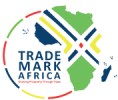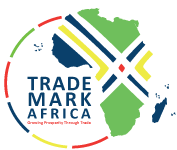A second one-stop-border-post (OSBP) to be launched by the East Africa Community at Mutukula Town on the Uganda -Tanzania border will cut clearance time by one third, an official said. TradeMark Africa (TMA) says the OSBP will bring together immigration and customs officials from the two countries under one roof at the crossing point, doing away with need for trucks and persons to undergo clearance twice at both sides of the border. “This improves ease of doing business across borders,” said TMA communications manager Ann Mbiruru. “Increased efficiency in border controls boosts trade by cutting the time taken to clear goods and people between the two nations, thus contributing to a reduction in transport cost, whilst increasing volumes of transhipment cargo through the transport Corridor.” Ms Mbiruru cited a time and traffic survey at the Mutukula border which shows time spent crossing the border has reduced by over 50 per cent after the first OSBP was opened. It is expected that time to cross the border will reduce by at least a third. TMA through funding from the UK Department for International Development and Global Affairs Canada has funded the construction and operationalisation of the Mutukula one-stop border post. This is in addition to supporting other OSBP’s including: Busia/Busia; Malaba/Malaba; Kabanga/Kobero; Holili/Taveta; Elegu/Nimule; Mirama Hill/Kagitumba) across the region. These projects cost investments worth about $117 million, with an estimated return of $30 for every dollar spent. OSBPs complement other initiatives TMA is undertaking to reduce trade barriers. Source: The Citizen
Tanzania, Uganda one-stop border post to cut clearance time
Posted on: November 13, 2017
Posted on: November 13, 2017















